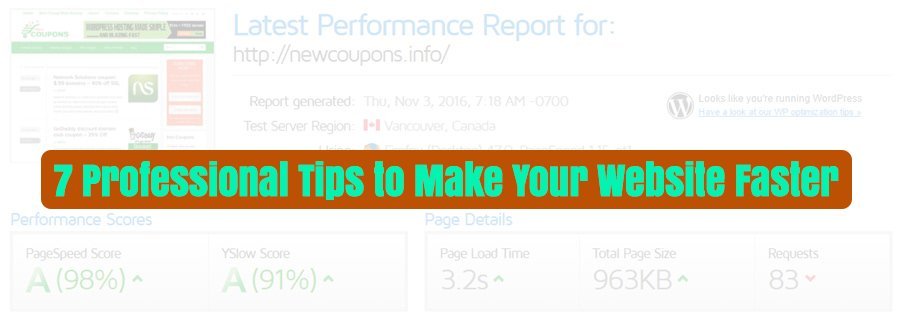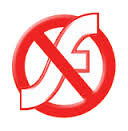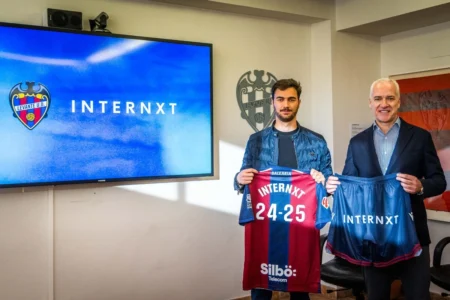In the fast-paced world we live in, many people do not have even a minute to waste. This fast pace expends to website design. With such a wide range of demands from users using the internet, your website’s design must be able to keep up.
Unfortunately, it does not matter whether you have a website that is worth waiting for. If download speeds are low, users will move on to a faster website. It is therefore a desire for all website owners to create websites that are if high performance.
 Below are 7 professional web design tips that will help you create a website that will not have a negative effect on your business’ performance.
Below are 7 professional web design tips that will help you create a website that will not have a negative effect on your business’ performance.
1. Minimize Using Flash
Flash content is a typical example of style over content. Even though it is useful in creating a professional website, it should be used very sparingly. This is because irrespective of whether your visitors have the right flash player or not, your website’s download time will be considerably increased. Additionally, this is one website element that search engines cannot crawl meaning it does not add any value whatsoever to your SEO efforts.
2. Compress Your Images
In web design, images are a perfect example of how looks can be deceiving. It is likely that you have no idea how much space they consume. Compressing a JPEG or GIF image before using it on your website can reduce its size by up to half. Specifying the height and width of your images in your HTML code also goes a long way in reducing loading time.
Image Optimizer Site: http://www.imageoptimizer.net/
3. Clean Up Code
Even though HTML text loads faster than images, there are a number of things that you can do to make it faster. These include removing white spaces and avoidable tags that only increase the size of your pages. Also remember to use default tags and whenever possible, remove them altogether.
Free online tool: https://dirtymarkup.com/
4. Use Thumbnails
Using thumbnails is a very helpful website technique that will save you loads of time especially if you own an ecommerce website. You only show your customers a small image that loads very fast and leave it to them to decide whether they want to see a larger version.
WordPress Auto Post Thumbnail Plugin: https://wordpress.org/plugins/auto-post-thumbnail/
5. Make the Switch to CSS
CSS is now the prevalent mode of designing web pages when compared to the traditional table layout. CSS or Cascading Style Sheets is a styling language that has two functions in website design. It saves you time when designing a website and also reduces the page size and thus loading time, saving your visitors invaluable time.
How use CSS (w3schools): http://www.w3schools.com/css/css_howto.asp
6. Reduce Server Requests
Any element of your website – graphic, audio, ad, or otherwise – that needs to be loaded from the server will cause an HTTP request whenever the page loads. You should therefore create a website that makes minimal server requests to reduce loading time.
7. Keep Track of Page Size
The size of your web pages may still be big causing slow responses even though you have used all the tips above. Remember that in website design, less is more and use only content that is necessary. The ideal page size is 30kb.
Free tool to Analyze your page: https://gtmetrix.com/
Go the extra mile when creating your business’ website and ensure that it performs as fast as visitors want it to or risk being passed by.




